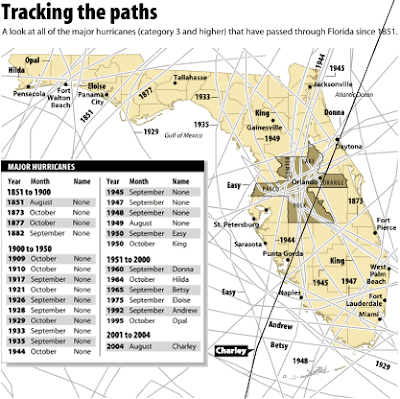The agricultural core is characterized by adequate rainfall with little annual variability, coupled with ample growing seasons, which makes the region a good place to grow corn and other crops. Although, Florida is not part of the Agriculture core, Florida is still productive in agriculture and shares some of the benefits of a longer growing season. Florida's is famous for being a large citrus producer mainly oranges and grapefruit. In 2008 Florida had 47,500 commercial farms, utilizing 9.25 million acres to continue to produce a variety of food products [1].
As shown above, Florida has multiple products besides oranges and grapefruit including Livestock, field crops, a forest industry, seafood, etc. Florida farmers produces crops that are grown in few parts of the United Sates and Canada.
Source 1






















